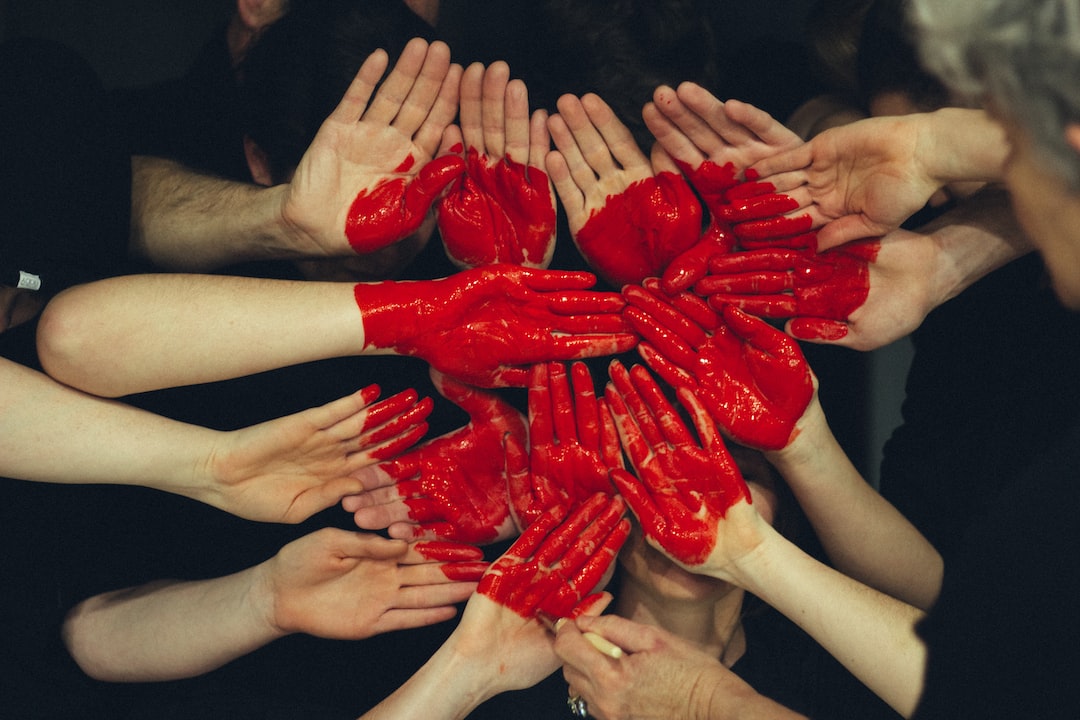Bridging the Gap: Building Relationships Between Different Neighborhoods in Our Community
In today’s diverse world, communities are made up of people from various backgrounds, cultures, and neighborhoods. While this diversity enriches our society, it also creates certain challenges when it comes to building relationships between different neighborhoods.
Neighborhoods are more than just geographical areas; they are living entities that shape the lives and experiences of the people residing within them. Unfortunately, due to socioeconomic factors, historical events, or even stereotypes, neighborhoods can become isolated from one another, creating a gap that often hinders the development of inclusive and united communities.
To truly create a harmonious society, we must actively work towards bridging this gap and building relationships between different neighborhoods. In doing so, we can foster a sense of belonging, understanding, and exchange that benefits every member of our community.
One crucial step in bridging this gap is to break down stereotypes and misconceptions. Often, neighborhoods are unfairly labeled, leading to preconceived notions about their residents. By actively engaging with individuals from different neighborhoods and challenging these stereotypes, we can promote empathy, tolerance, and compassion.
A great way to achieve this is through community events and projects that encourage interaction and dialogue between diverse neighborhoods. For instance, organizing neighborhood fairs or multicultural festivals can provide opportunities for residents from various backgrounds to come together, share their traditions, and celebrate their differences. These events help break barriers and foster connections by promoting understanding and appreciation of different cultures.
Similarly, establishing neighborhood exchange programs can greatly contribute to building relationships between communities. These programs can be designed to facilitate visits where residents from one neighborhood can spend a day in another neighborhood, immersing themselves in its culture and lifestyle. By interacting with one another in a neutral setting, individuals from different neighborhoods can forge relationships, find common ground, and learn from each other’s experiences.
Education also plays a crucial role in bridging the gap between neighborhoods. Through schools, community centers, or workshops, we can provide opportunities for residents to learn about the history, struggles, and triumphs of different neighborhoods. Education helps promote empathy and understanding, dispelling myths and encouraging dialogue that leads to stronger community bonds.
Moreover, creating mentorship programs that connect individuals from different neighborhoods can be highly beneficial. By pairing residents who have experienced success or overcome challenges with those who seek guidance or inspiration, we can foster relationships built on mutual respect and support. These programs have the potential to empower individuals, build self-esteem, and bridge the gap between neighborhoods by cultivating a sense of unity and shared goals.
To build relationships between different neighborhoods successfully, it is essential to address socioeconomic disparities. Economic inequality often perpetuates division between communities, hindering opportunities for interaction and collaboration. By implementing initiatives that focus on equal access to resources, education, and job opportunities, we can take meaningful steps towards creating a more inclusive and united society.
Additionally, it is important to acknowledge and respect the unique characteristics and histories of each neighborhood. Every neighborhood has its own story, traditions, and idiosyncrasies that define its residents’ sense of identity and belonging. By valuing and celebrating these differences, we can foster an environment that encourages pride and unity within neighborhoods while also promoting connections between them.
Lastly, effective communication is key to bridging the gap. Establishing platforms that allow residents from different neighborhoods to share their experiences, ideas, and concerns will promote understanding and facilitate problem-solving. Social media, community forums, or town hall meetings can serve as spaces for dialogue and collaboration, ensuring that every voice is heard and acknowledged.
Building relationships between different neighborhoods is an ongoing process that requires dedication, empathy, and active participation from every member of the community. It is through these efforts that we can create a harmonious and inclusive society that thrives on unity, diversity, and shared values.
Let us embrace the challenge of bridging the gap between neighborhoods, taking the steps necessary to build relationships that can withstand the test of time. By doing so, we will create a community where everyone feels valued, respected, and connected, ensuring a brighter future for generations to come.

